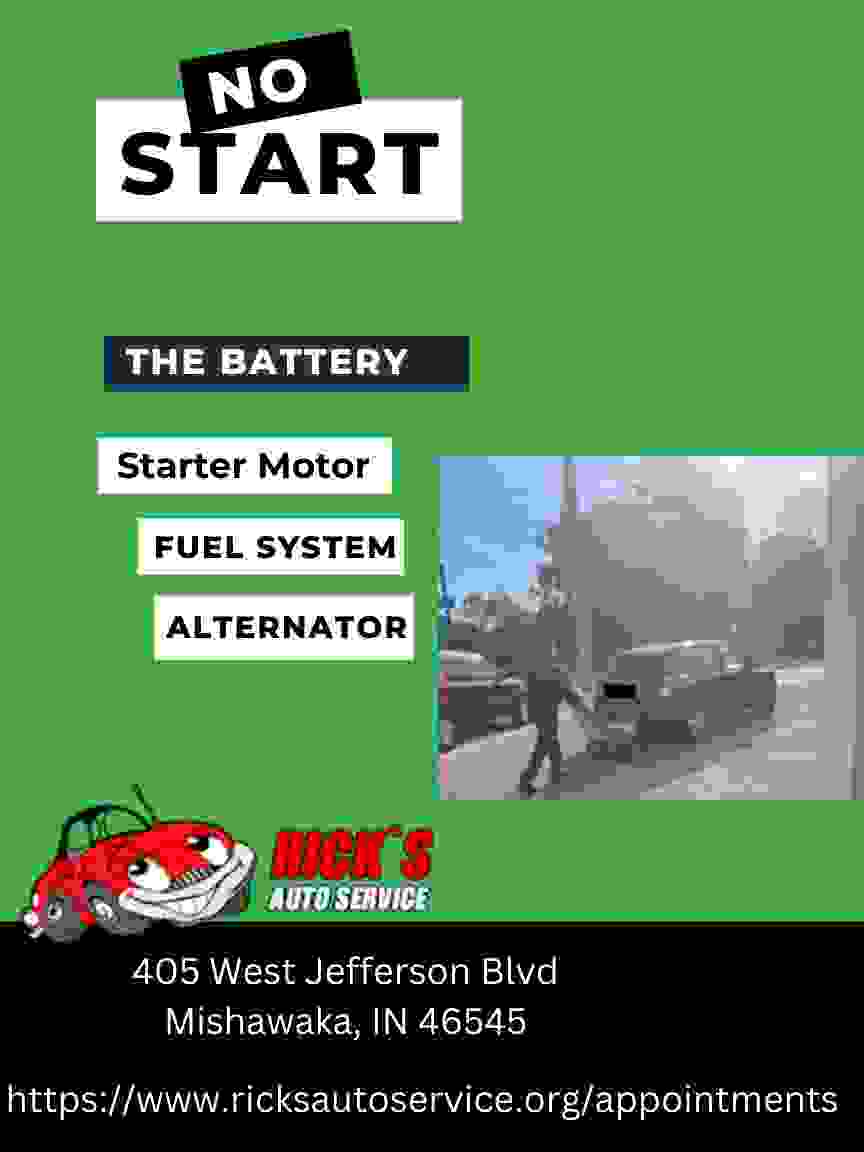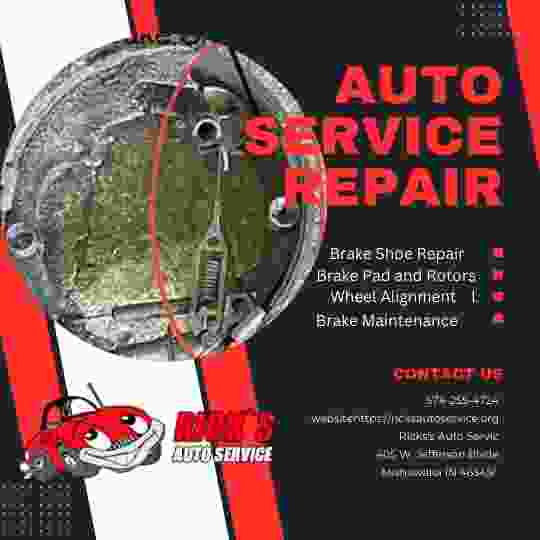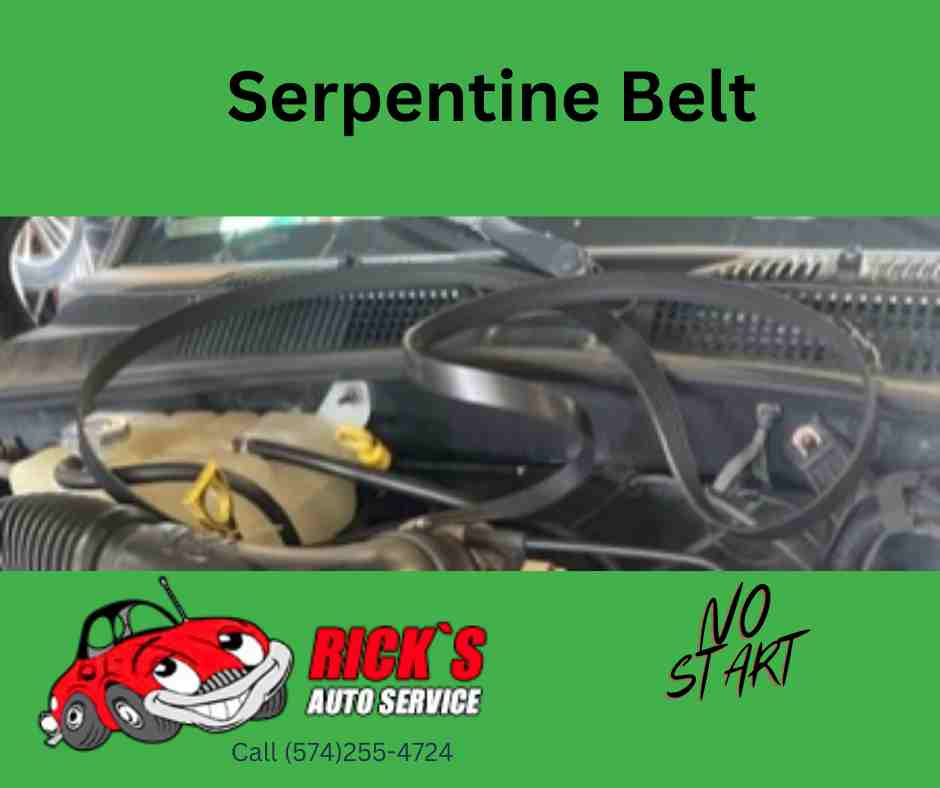Posted on 7/19/2023

Starting Problems? It can be frustrating when your car simply will not start. You turn the key in the ignition, but it does not even crank. There are so many reasons for a No-Start read on: Dead Battery: The most common reason your car will not start is a dead battery. When you turn the key, it could be the battery or a problem with the starter. If you have an older Battery, it could die at any time. You can try jump-starting the car or replacing the battery if it is too old. Starter Motor: If the battery is good but the car still refuses to start, then the starter motor could be the issue. If the Starter Motor is the culprit, the car won’t start. You can try tapping on the starter or checking the connections to see if this helps. Fuel System: If the starter motor is fine, the next possible cause is the fuel system. The Fuel Pump is going bad or the Fuel Line is clogged, the car may not start. One that m ... read more
Posted on 7/18/2023

What does Brake Shoes do? Brake Shoes are a component of Drum Brake Systems, specifically designed to slow or stop your car when the brakes are activated. They are typically curved and lined with friction materials that work together with the drums to provide braking force when the Brake Pedal is applied. The brake shoes press against a rotating brake drum, producing the required friction that consequently slows down or stops the car. How Do They Work? When you press the Brake Pedal, Hydraulic Fluid runs into the Brake Wheel Cylinder, which subsequently forces a brake shoe against the inner surface of the drum brake, slowing down the vehicle. The amount of friction between the brake shoe and the drum generates momentum, which causes the wheel to chalk in motion, slowing down the car. The brake shoes expand and contract due to the hydraulic pressure, providing the necessary braking power. How to Maintain Brake Shoes Like any other component of your car's braking system, the bra ... read more
Posted on 7/12/2023

Have you ever been driving down the road when suddenly your car completely shuts off and refuses to turn back on? When faced with a No-Start issue, you might assume the problem lies in your Battery or Starter. However, one often overlooked culprit could be the Serpentine Belt. In this blog post, we’ll explore the dangers of a bad serpentine belt, how to tell if it’s in need of replacement, and how it plays a crucial role in getting your car started. What is a Serpentine Belt? Your car’s Serpentine Belt is responsible for driving multiple components of your Engine, including the Alternator, Power Steering Pump, and air conditioning compressor, to name a few. A serpentine belt is a long continuous belt that snakes around various pulleys. It’s made of durable rubber and has ribs on the underside that improve grip. When the Engine is running, the Serpentine Belt works hard, turning and providing power to all those important components ... read more